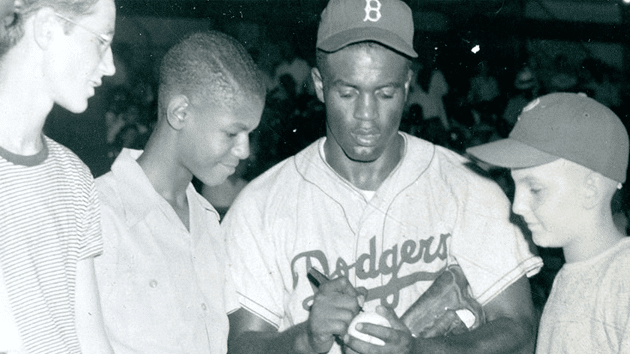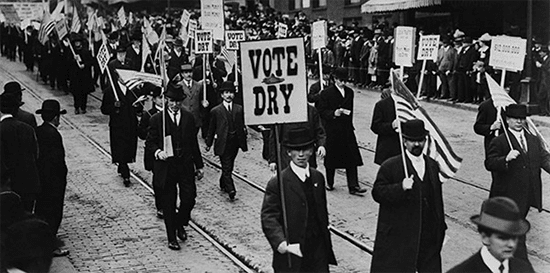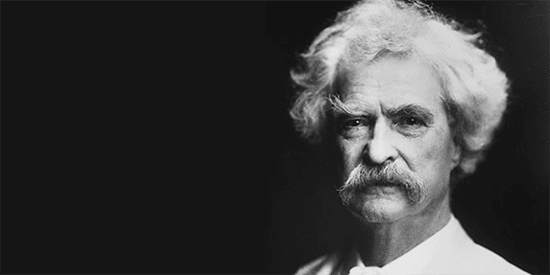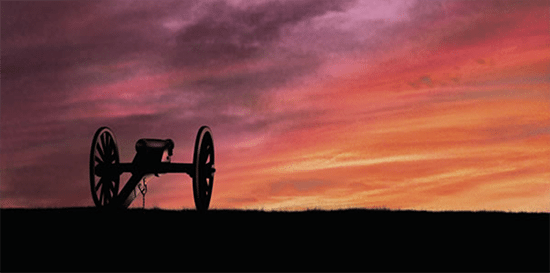Whether you’re teaching social studies, history, science or English language arts, these Ken Burns America online resources are available at your fingertips. With educational materials, lesson plans and classroom activity ideas to match, Ken Burns America—In the Classroom lends a helping hand to teachers and opens the eyes of students everywhere. Try one or more of the history, ELA, and social studies lesson plans below (your students will love them):
Ken Burns America for Grades 3-5
- A Campfire Conversation. During a private three-day camping trip in the Yosemite Valley in 1903, President Theodore Roosevelt and preservationist John Muir discussed their views on the wilderness around a campfire, which eventually led to the expansion of Yosemite National Park. This lesson will have students conducting research online so they can create their own campfire conversation.

- Mapping the National Parks. In the 1930s, the national parks’ mission expanded to include preserving sites of historical as well as natural importance. In this social studies lesson plan, students will locate and categorize the 42 National Historical Parks, and identify the different types of events, activities, and people that they commemorate.
- Shakers. This social studies lesson plan is designed to help students understand how Shakers’ values and ideology shaped their way of life, and how the artifacts they produced continue to influence our ideals of beauty.

- The Statue of Liberty. With this social studies lesson plan, teach students about the role the Statue of Liberty has played in U.S. history by first helping them define liberty and then helping them understand how a concept can be embodied or personified in a statue.

Ken Burns America for Grades 6-8
- Americana in Art. Thomas Hart Benton became famous for his murals that brought America to life, but he was also considered controversial. This lesson will have students reflecting on current domestic and world events.
- Analyzing the Lewis and Clark Journals. Students will answer questions by using Lewis and Clark’s primary-source journal entries. Print out the student worksheet and get started!

- Baseball Geometry. This lesson will explore the specifications of the modern baseball and take students on a journey through the many changes the ball itself has undergone, both inside and out.
- The Civil War. Show your students The Civil War documentary—it will make the era come alive. They’ll meet men and women who had a personal experience with the war when they were not much older than the students are now. They’ll also learn about Civil War heroes who made history.
- Horatio’s Drive. In this small-group activity, your students will learn about ballads and America’s first road trip. Incentivize them with the option to have their ballads published in the school newspaper or on the school website.

- Crossing the Line. Jackie Robinson broke baseball’s color barrier by entering into the majors in 1947. This social studies lesson plan can be taught over the course of two or three class periods.

- Women’s Rights in the 19th Century. Take your students on a journey through women’s rights in the United States, from laws to court cases, in this lesson.
- Dust Bowl Blues. Show your students video segments that explore the music of Woody Guthrie, who is closely identified with the Dust Bowl and the Great Depression of the 1930s. They’ll analyze how music artists provided commentary on social and political issues.
- Immigration and Prohibition. Your students will explore U.S. immigration in this lesson, including how Americans’ attitudes toward immigrants in the late 19th and early 20th centuries became linked to Prohibition.

- Scrapbooks. First, you’ll have students identify and discuss the typical contents and uses of scrapbooks and tie them back to Mark Twain’s scrapbooks and how they offered a descriptive historic presentation of life in the 19th century. From there, students will divide into groups to collaborate on their own scrapbooks.
Ken Burns America for Grades 9-12
-
- African Americans in World War II. During World War II, African Americans had conflicting feelings about supporting the war effort when their own country didn’t support them. In this social studies lesson plan, students will learn through writing news articles, producing radio programs and more.
- Architecture for the Masses. In this lesson, students will learn about Frank Lloyd Wright’s philosophy of architecture. This will lead to a discussion about the role of democracy in art and architecture.
- Brooklyn Bridge. Spend the day in the 19th century as your students learn about the Brooklyn Bridge in this lesson, and discuss how it inspires artists and writers today.
- Evolution of Congress. Take a trip through Congress from 1800 to the mid-1970s with your students. This lesson will address the historic and artistic significance of the U.S. Capitol.
- Tall Tales and Dark Sides. Introduce your students to Samuel Clemens, the
 master storyteller better known as Mark Twain. Students will work on their own tall tale in this ELA lesson.
master storyteller better known as Mark Twain. Students will work on their own tall tale in this ELA lesson. - Writing With Punch. Students will analyze the media’s response to heavyweight champ Jack Johnson after they view Unforgivable Blackness. Use these discussion questions to get started.
- The Union’s “Grand Strategy.” General George McClellan designed a Grand Strategy of the Union in fighting against the Confederacy. In this lesson, students will interpret a map of the strategy, answer questions and make conclusions about its effectiveness.



